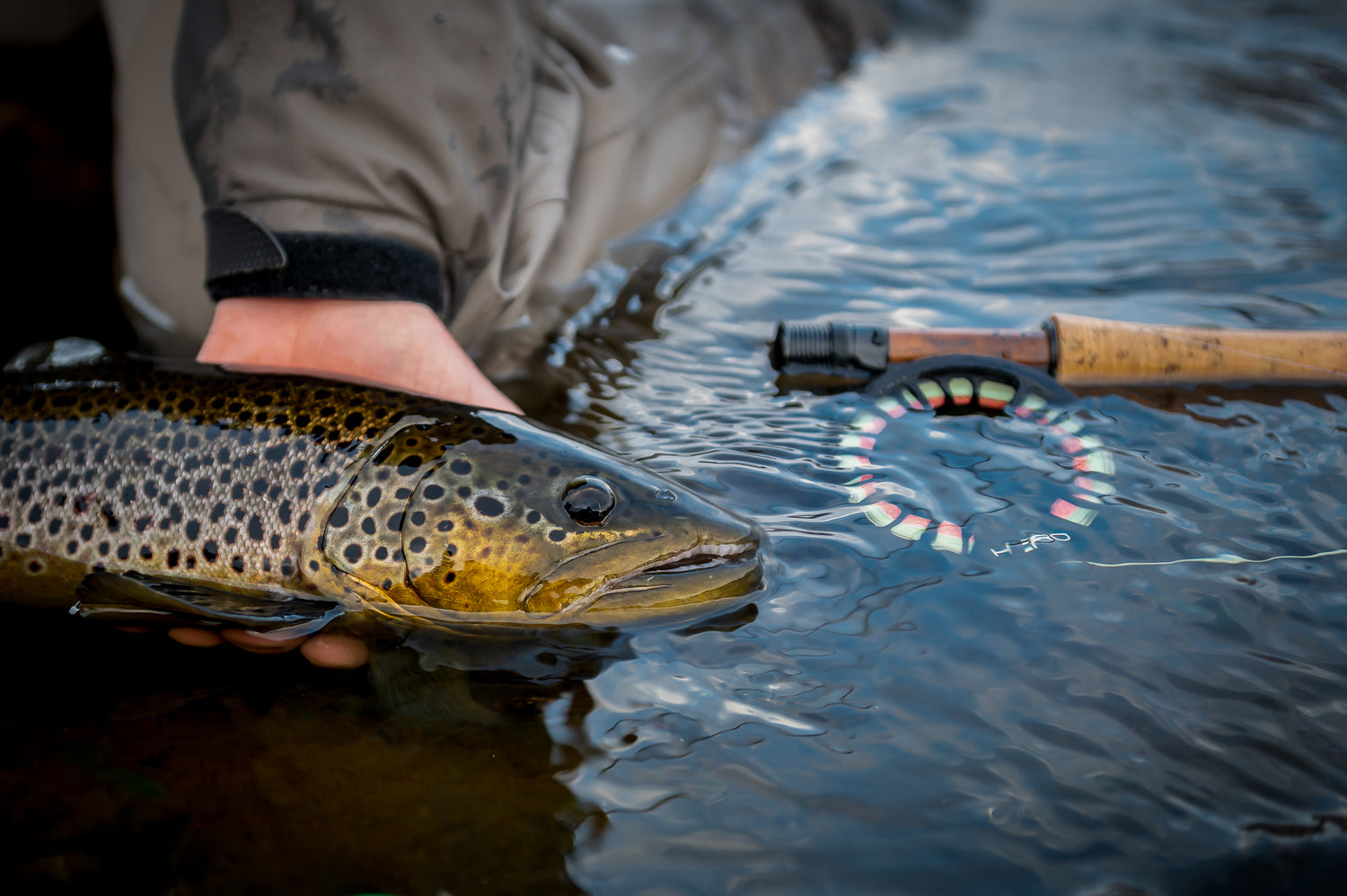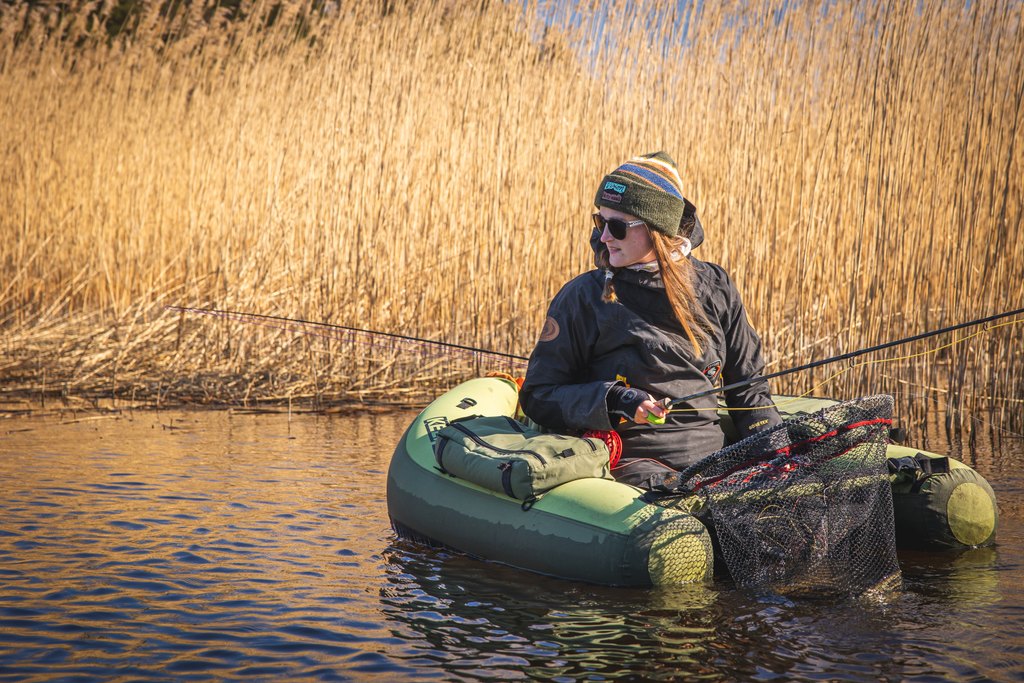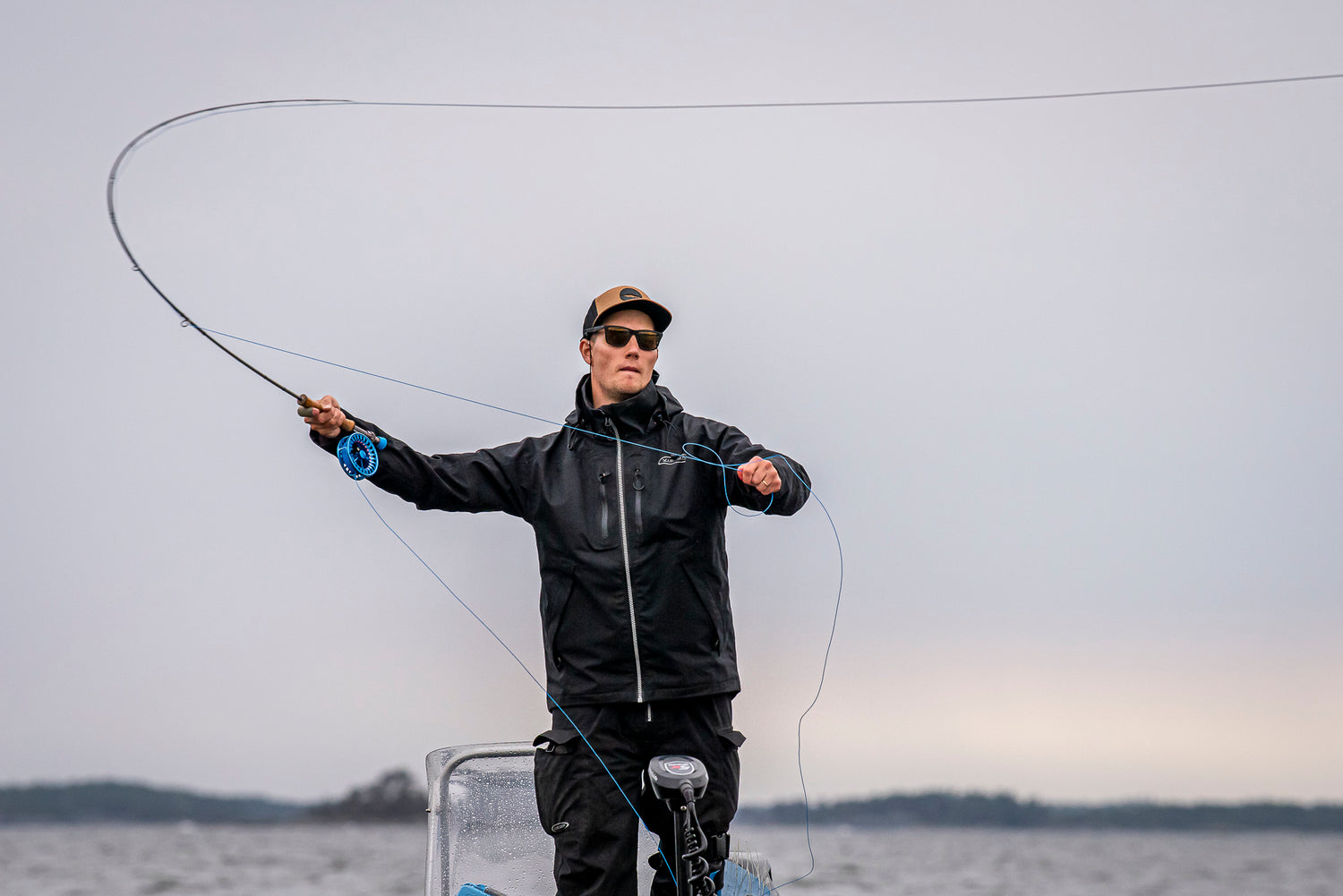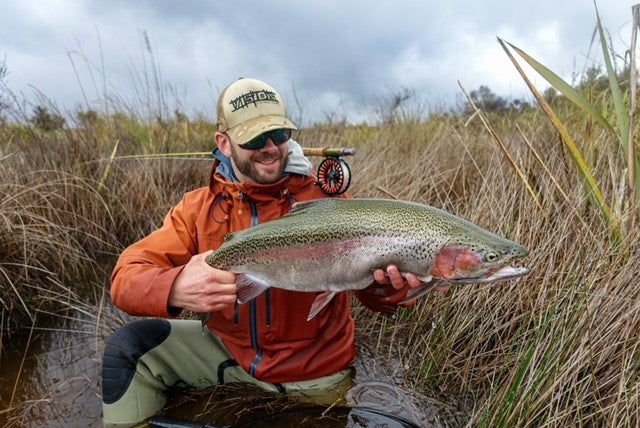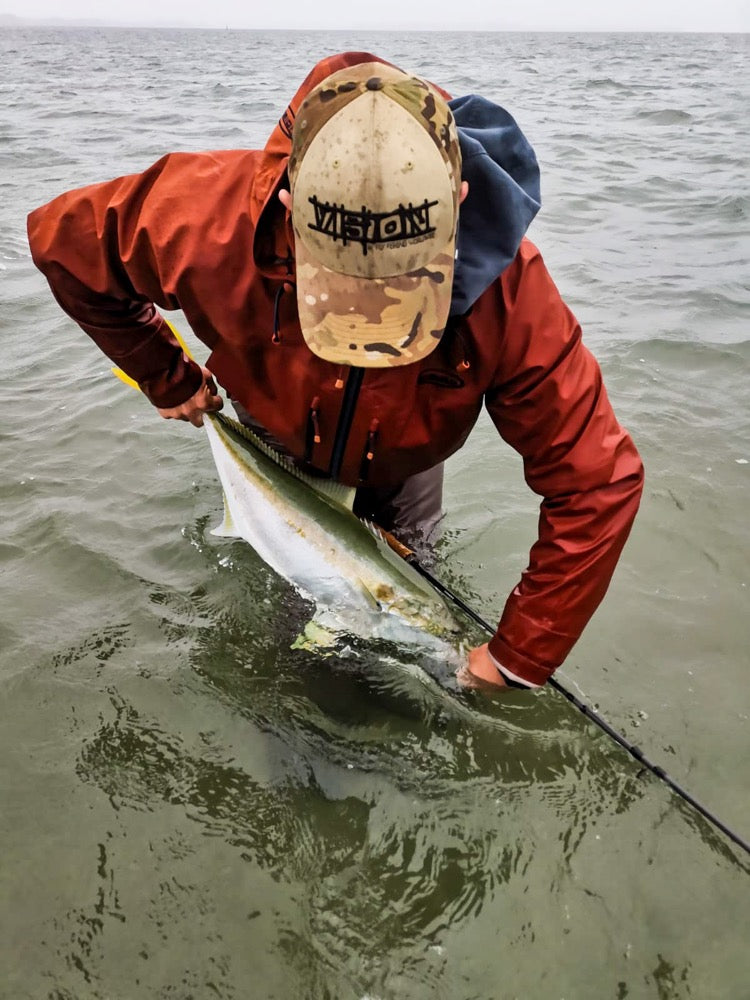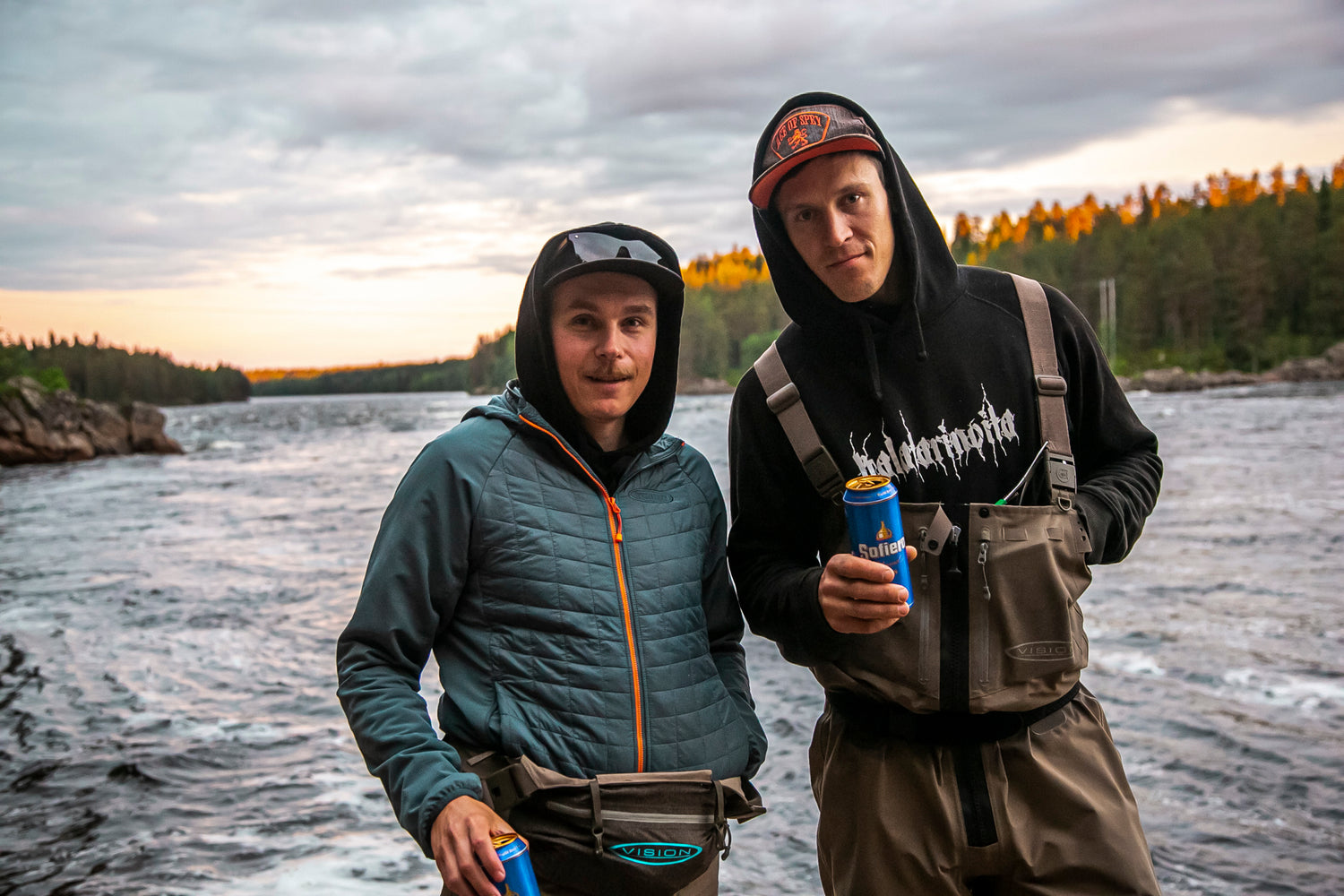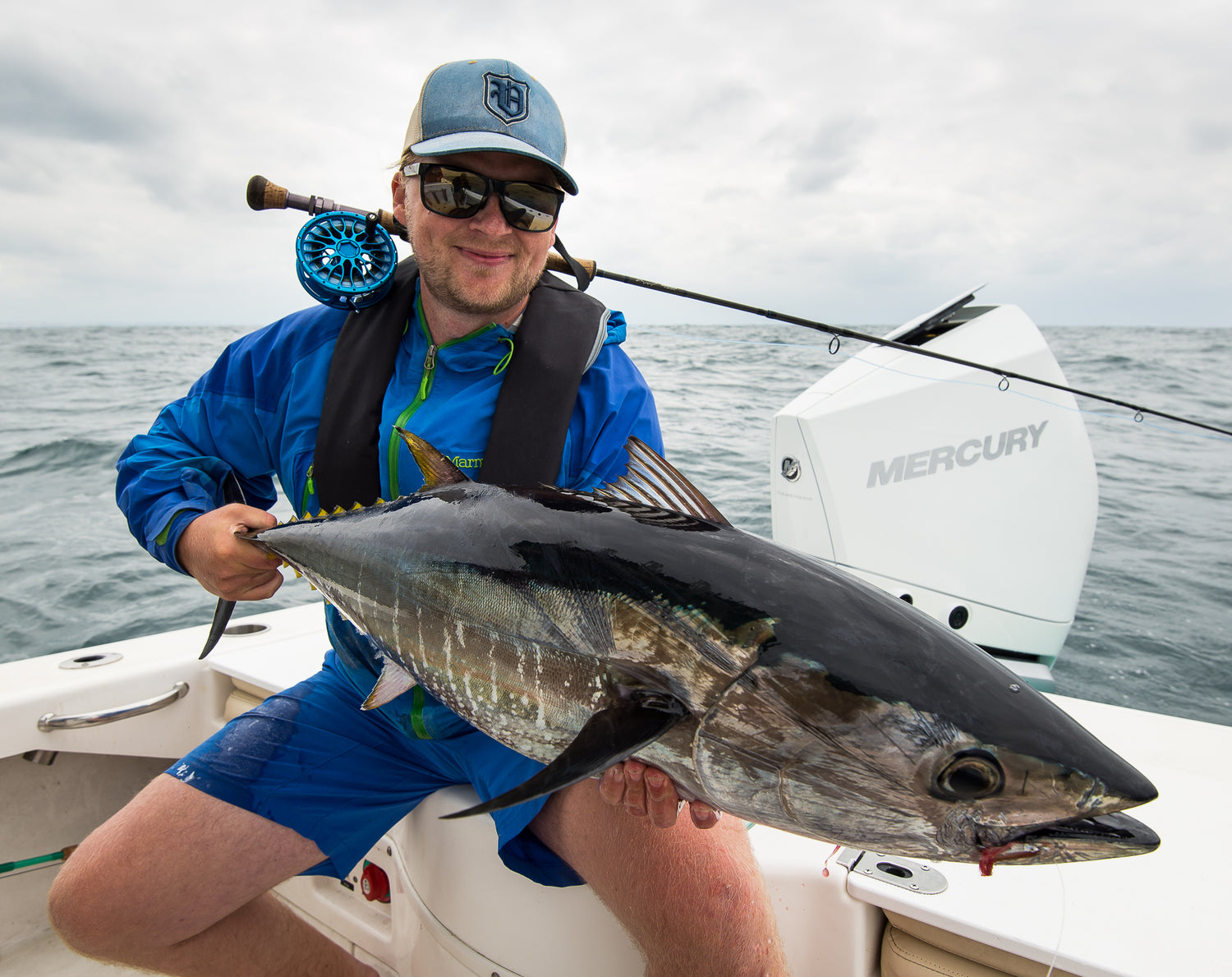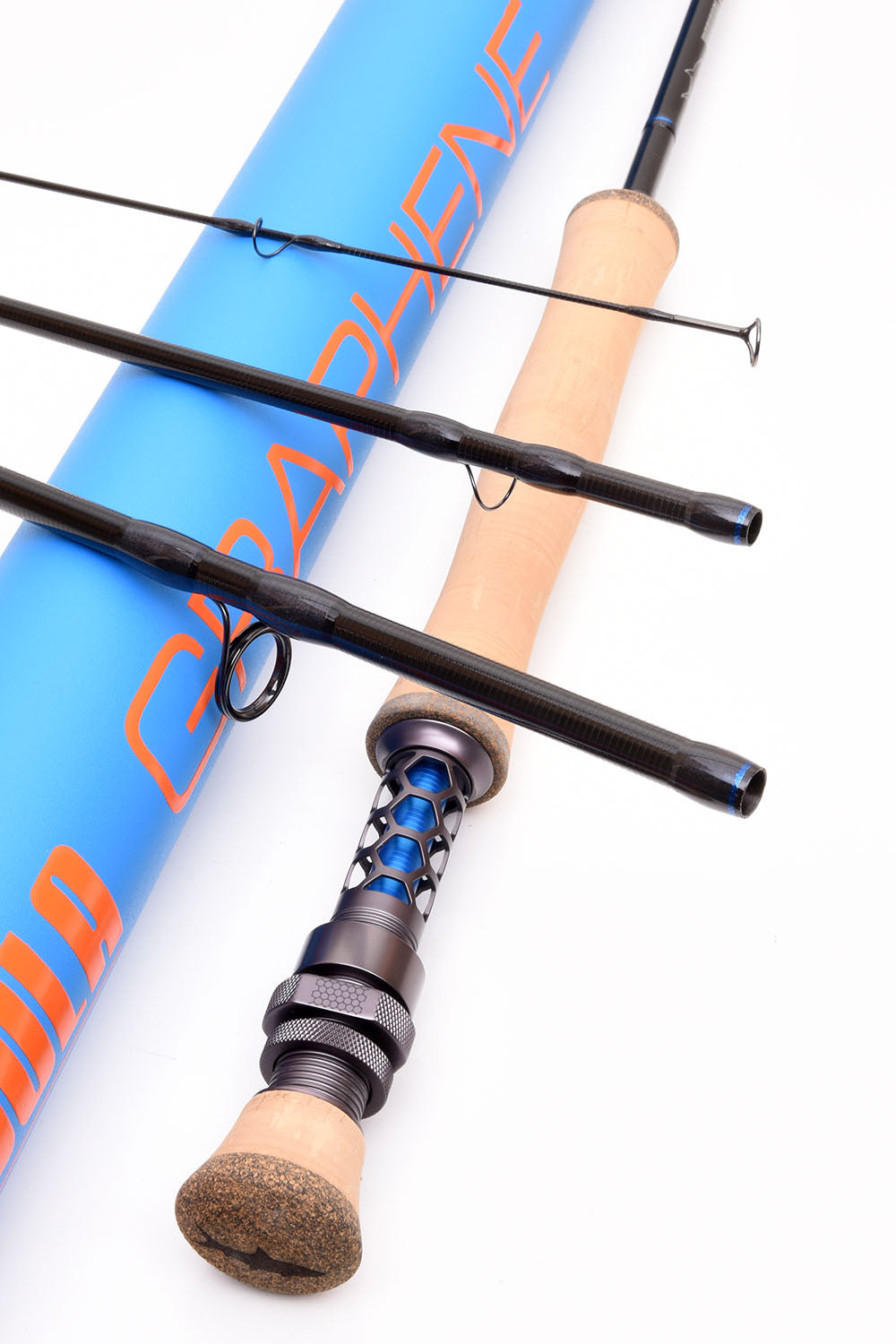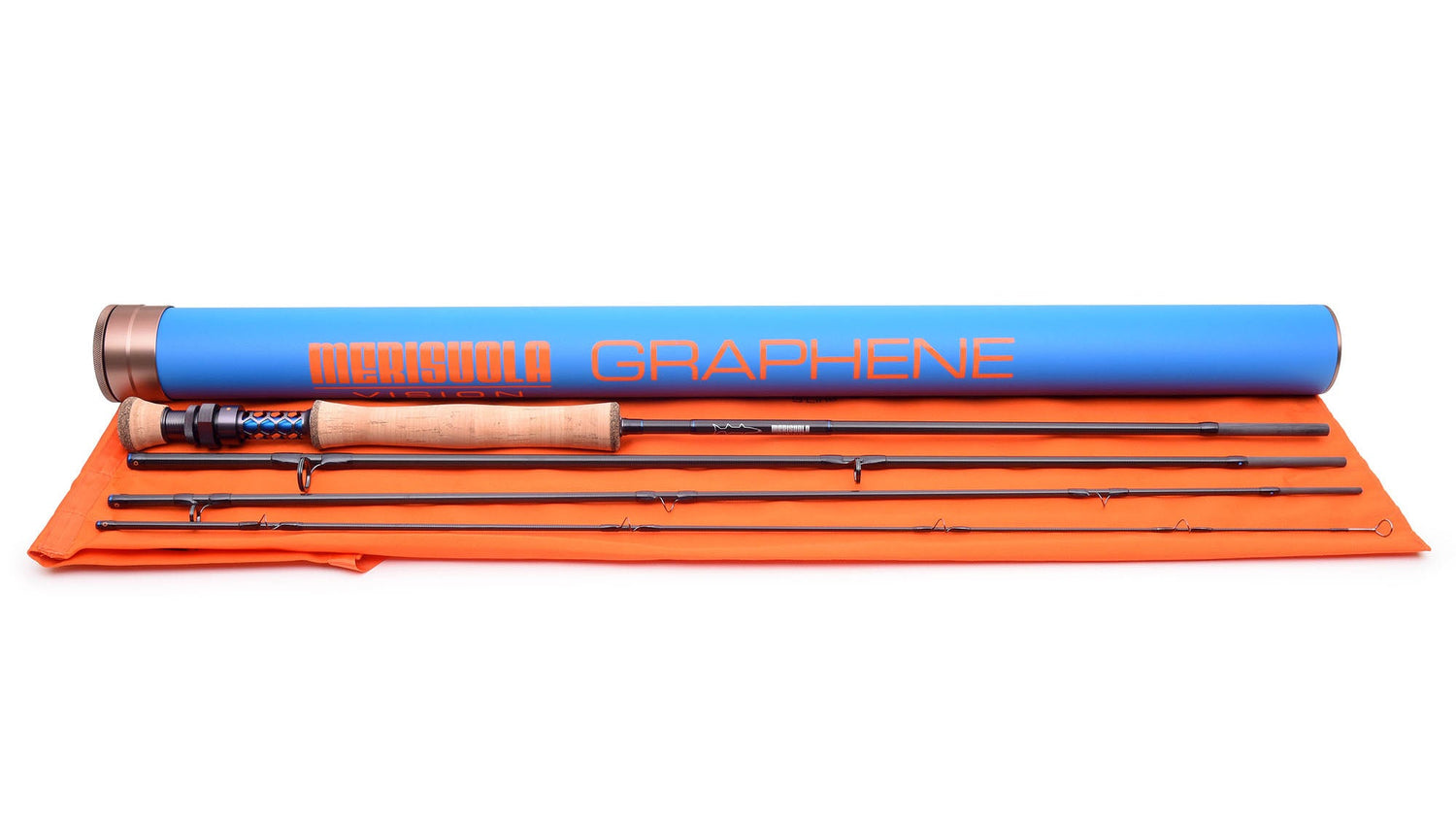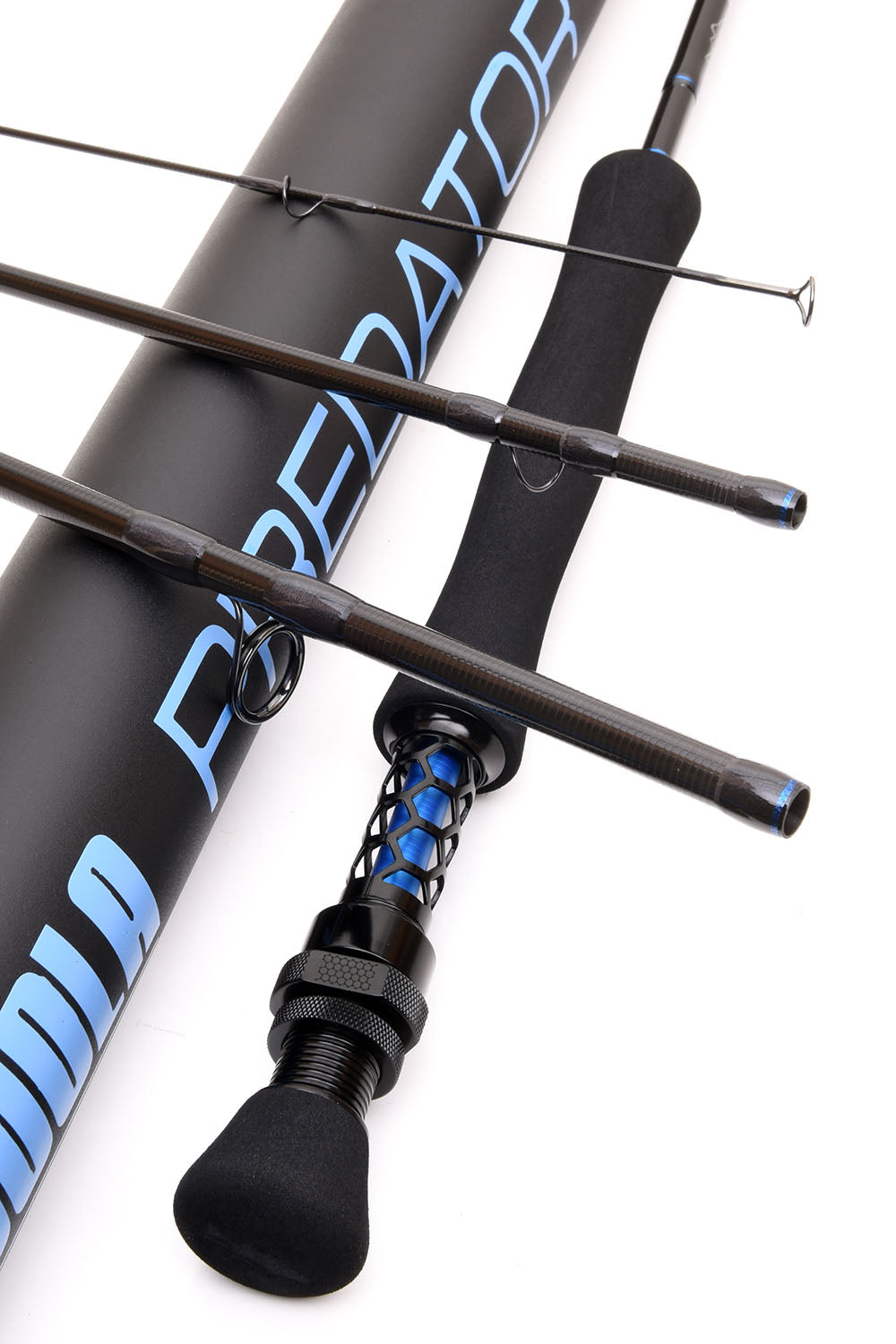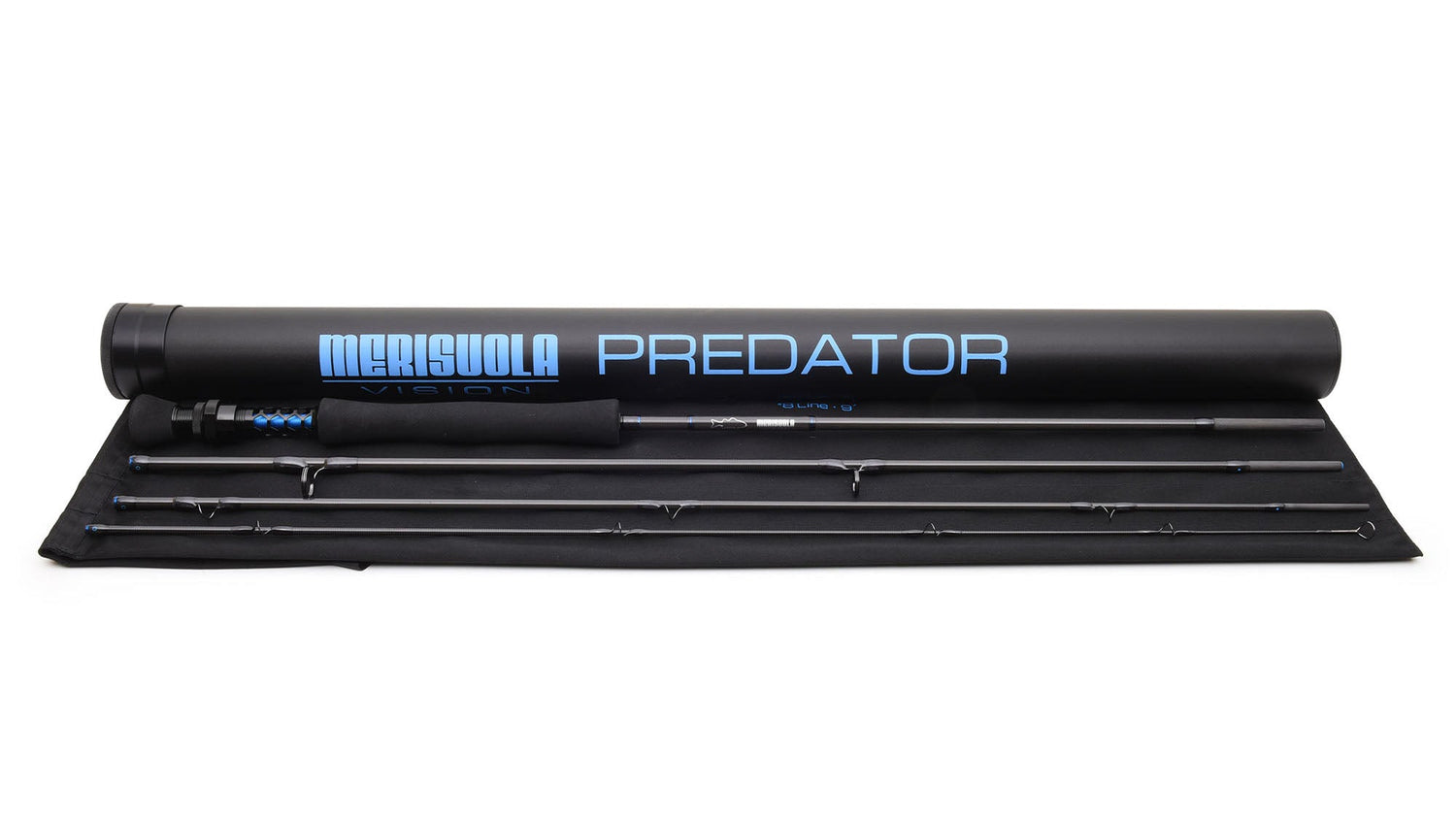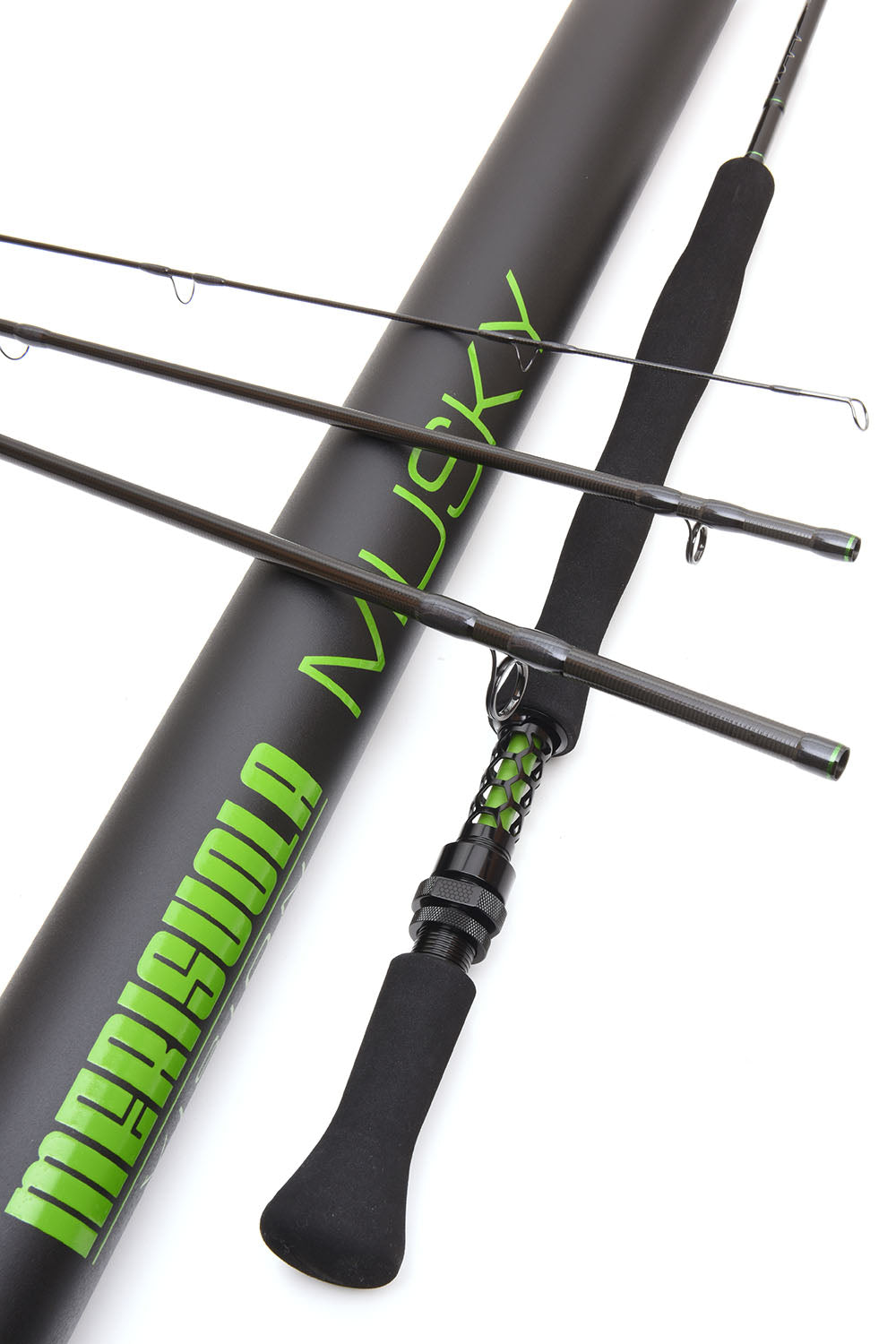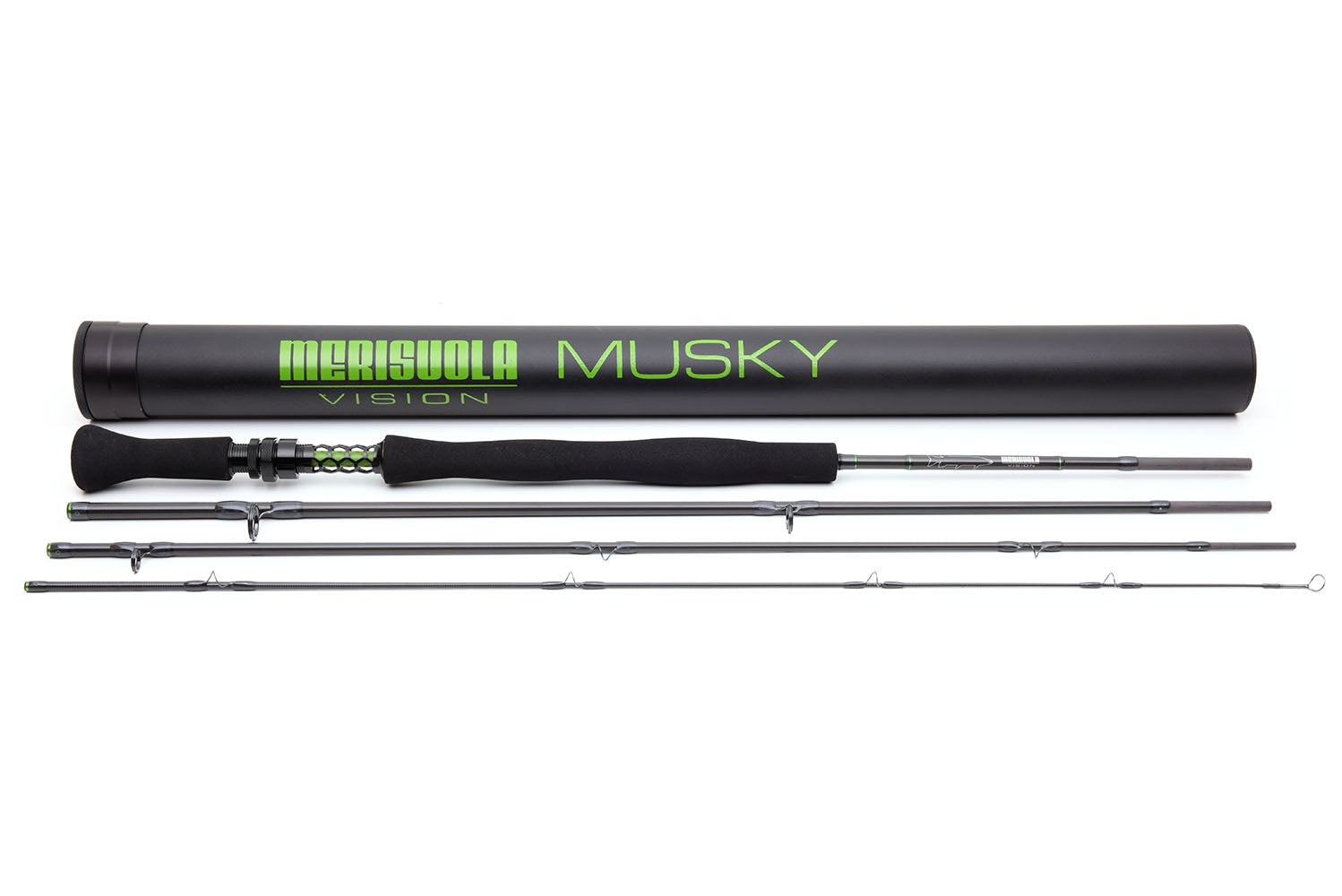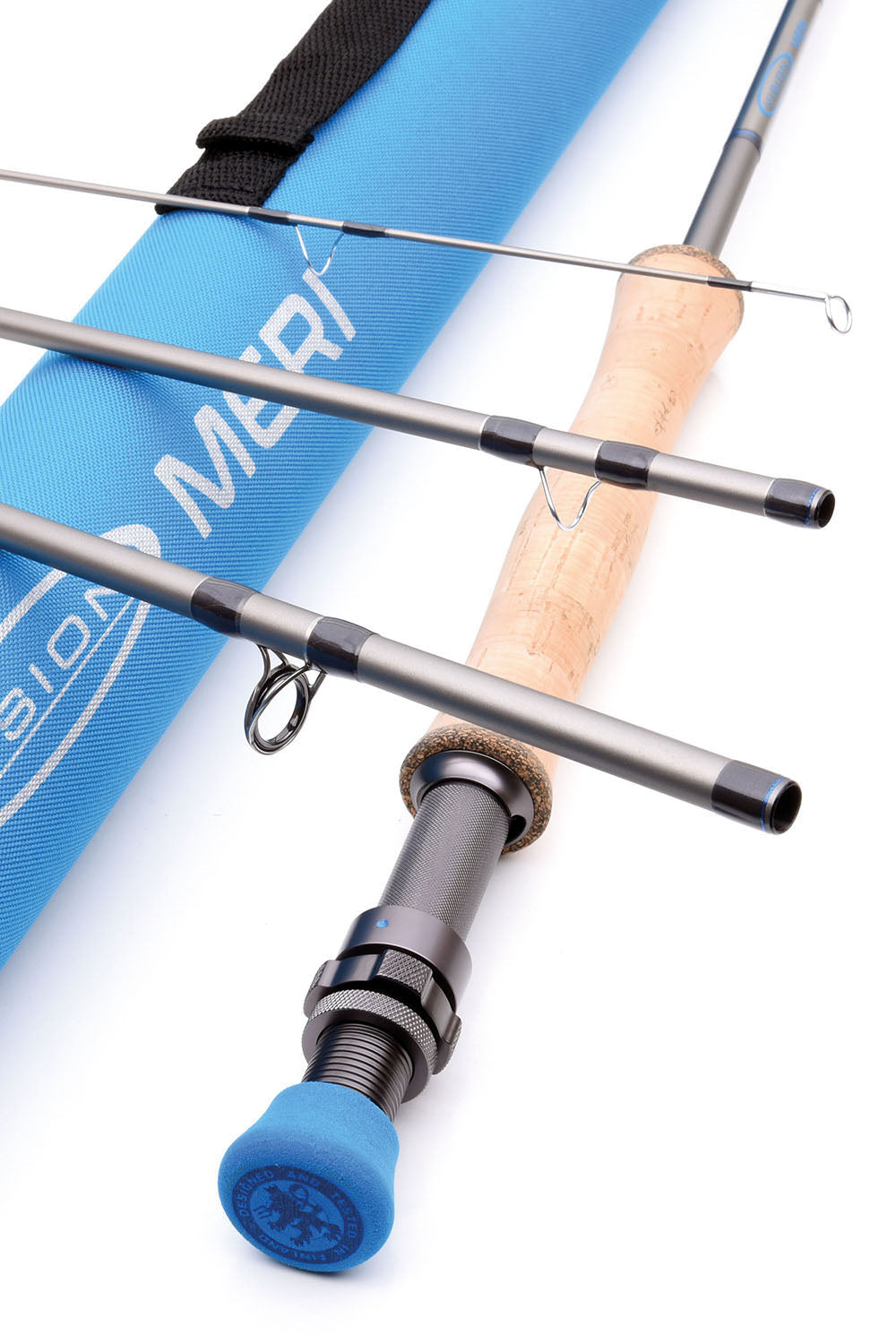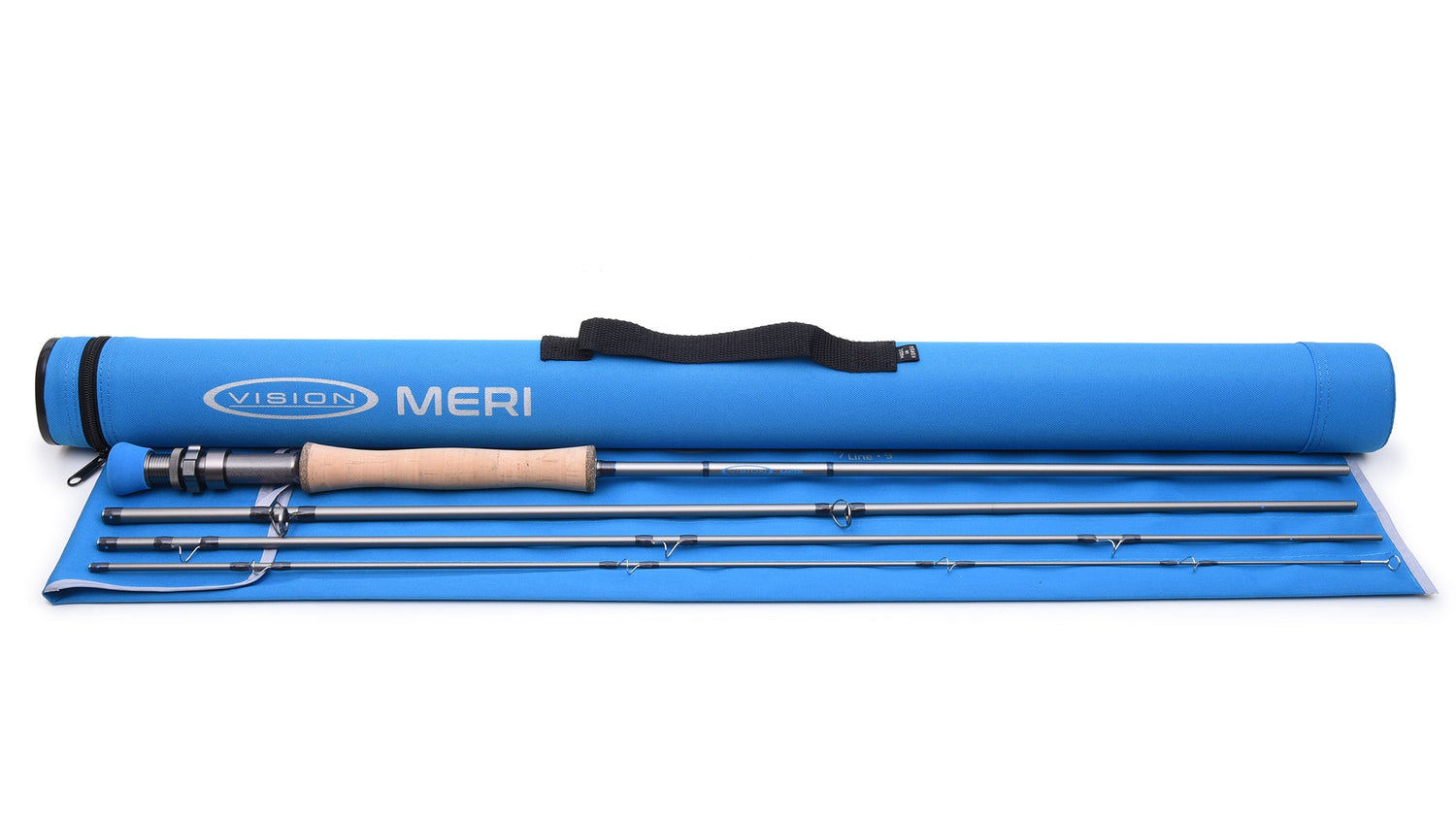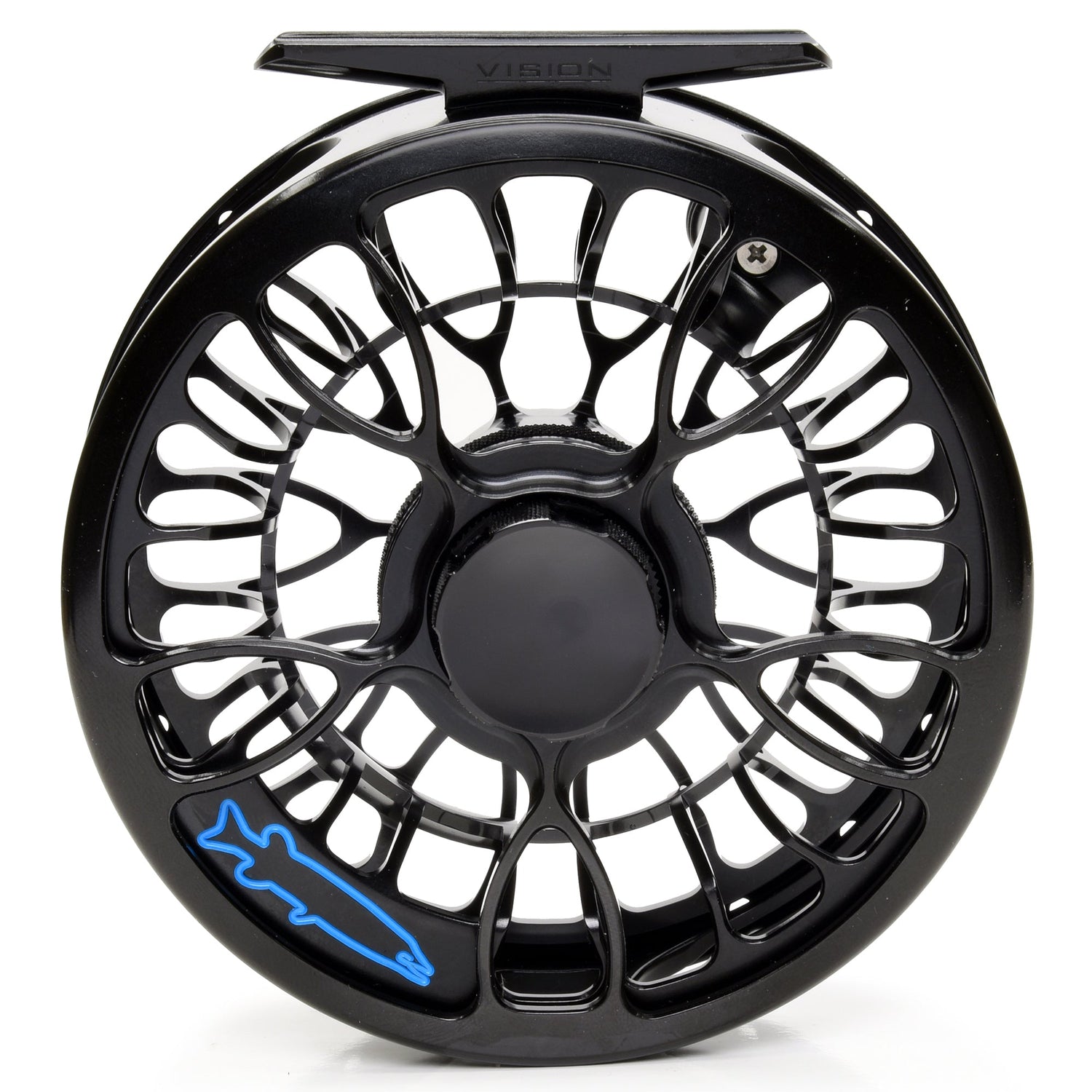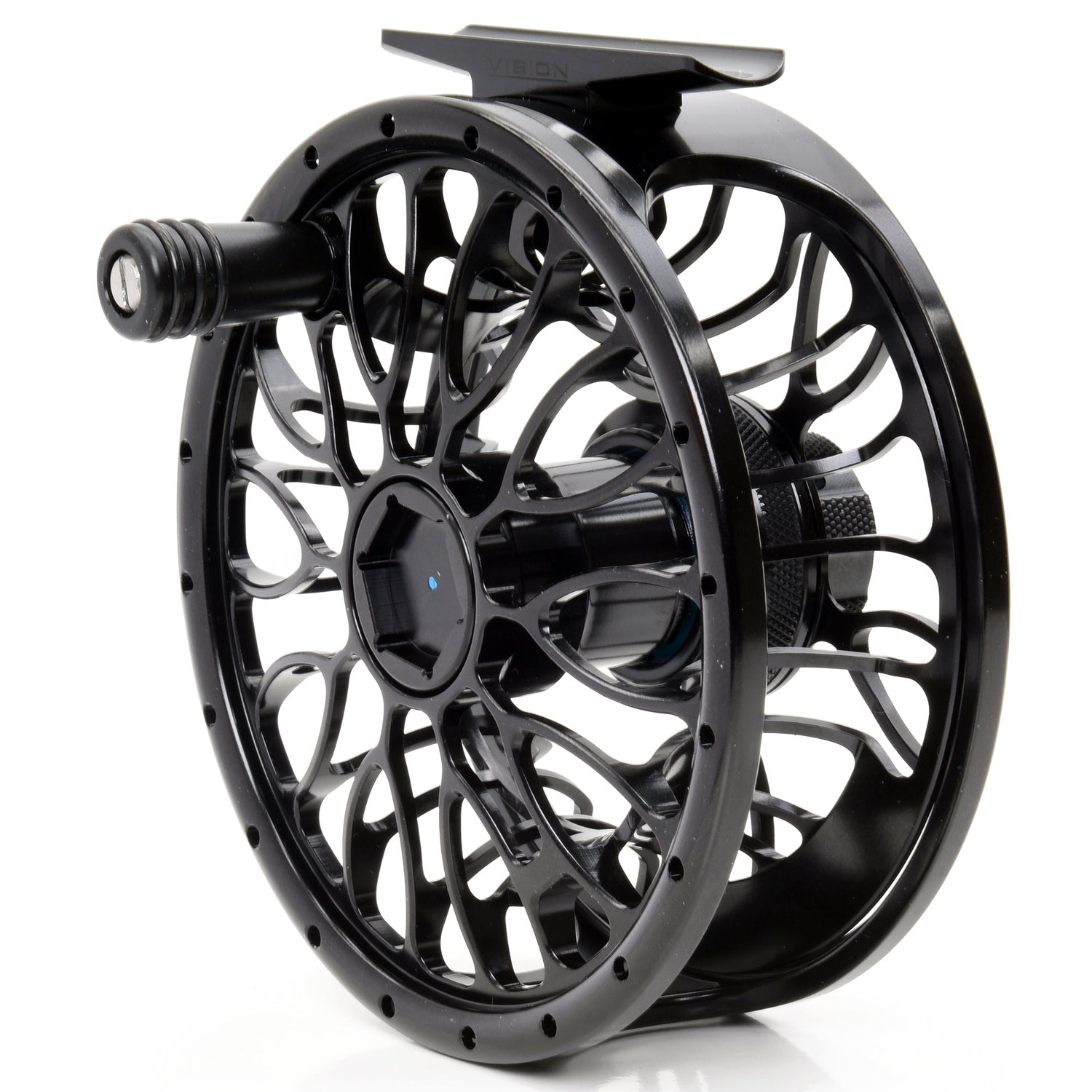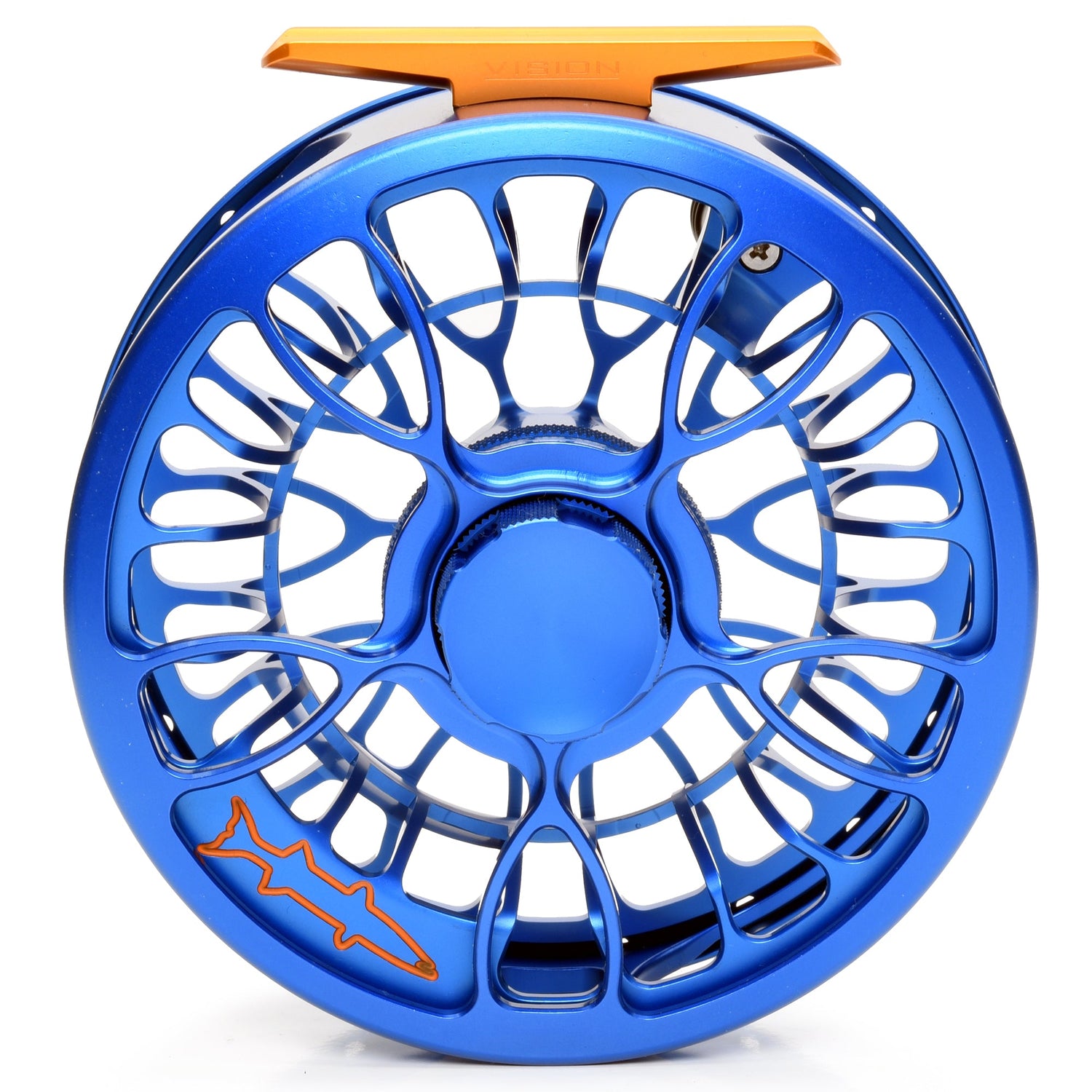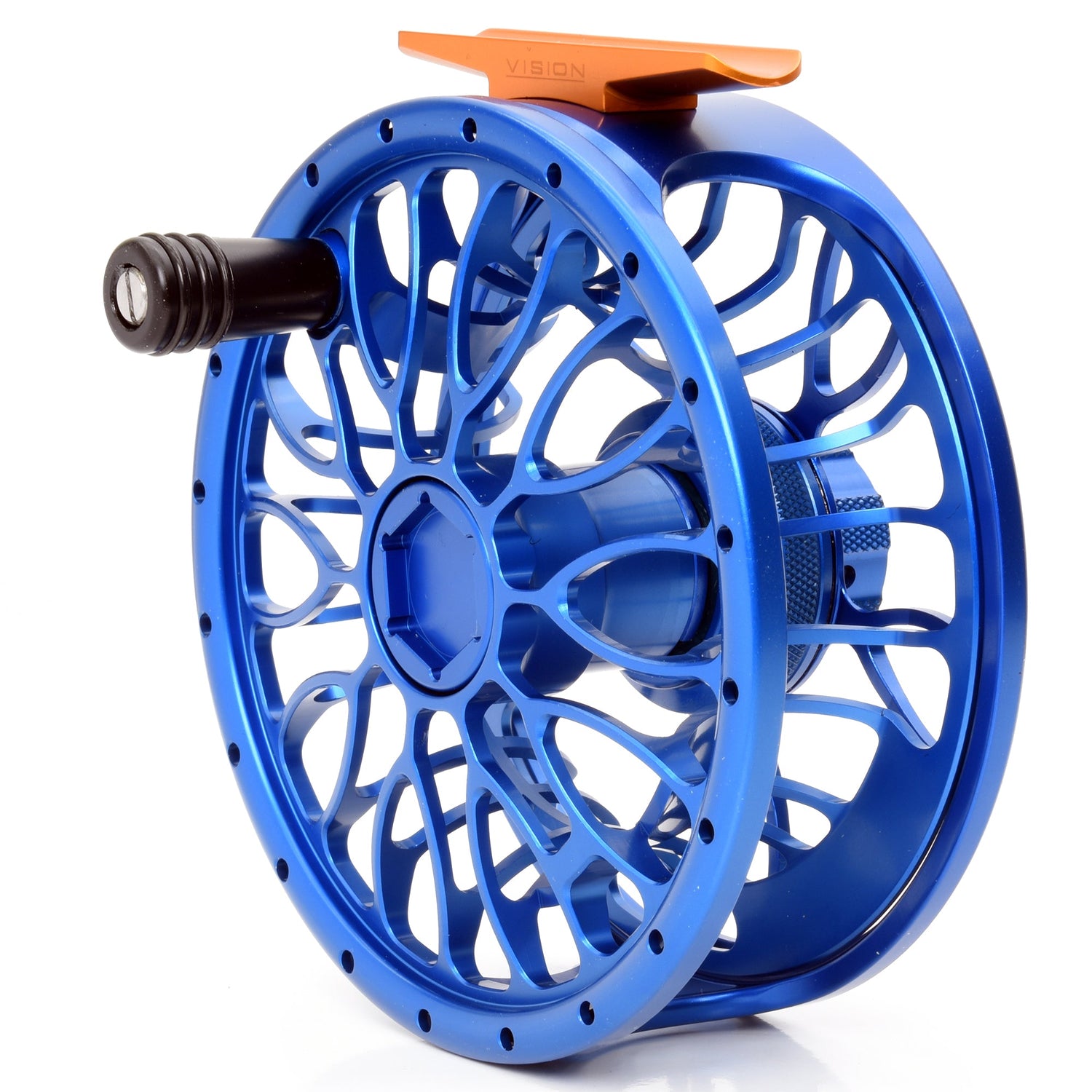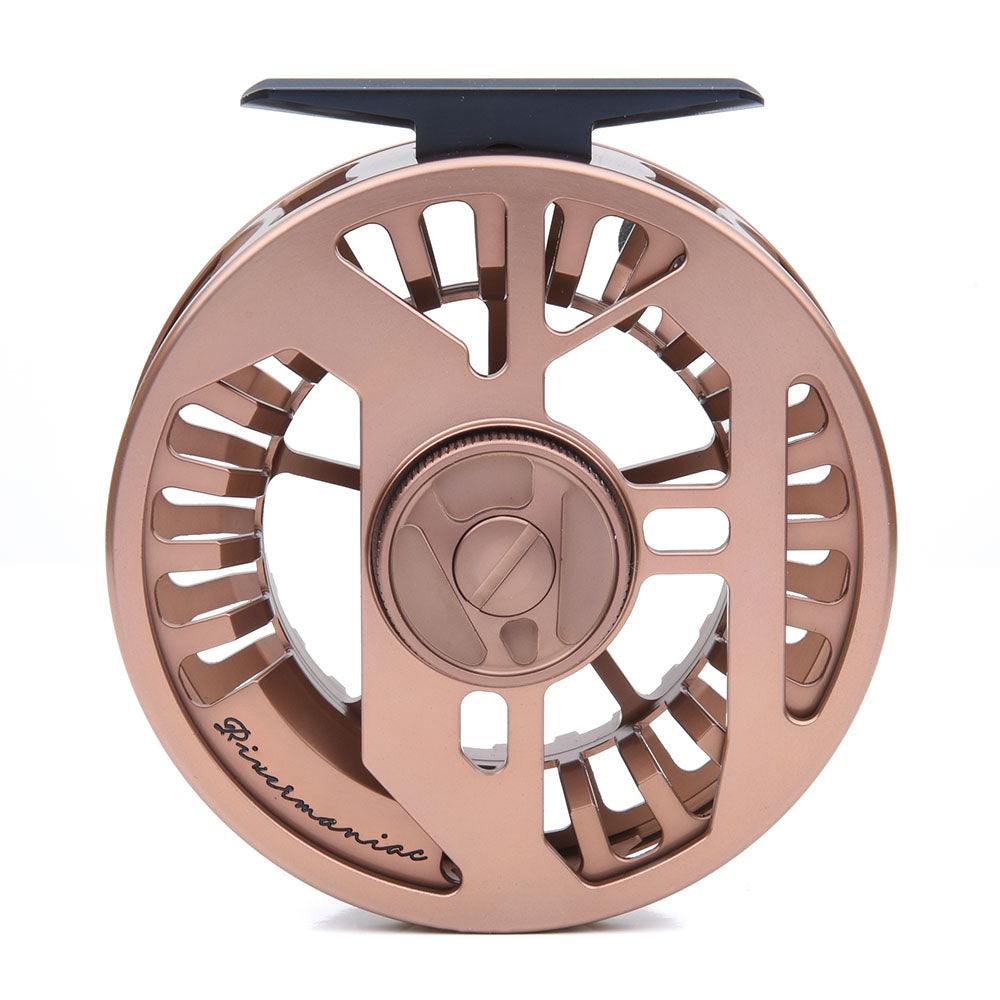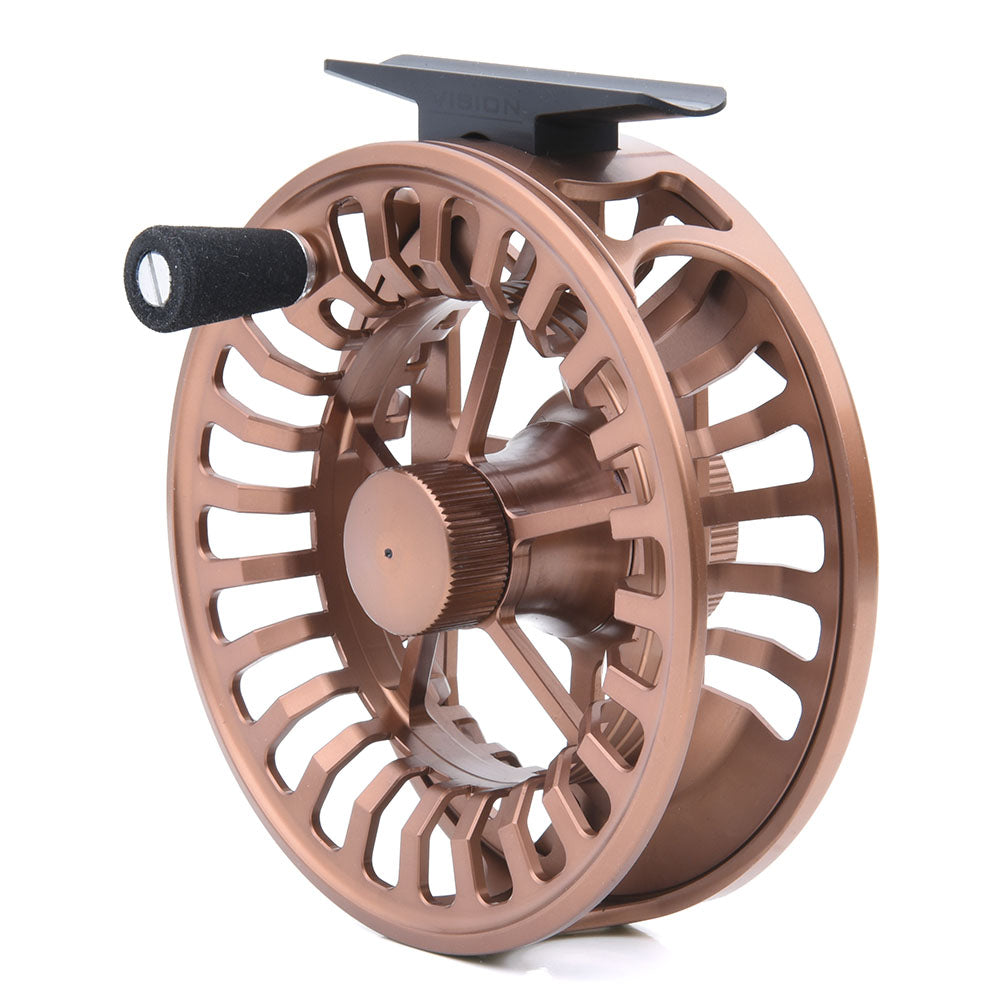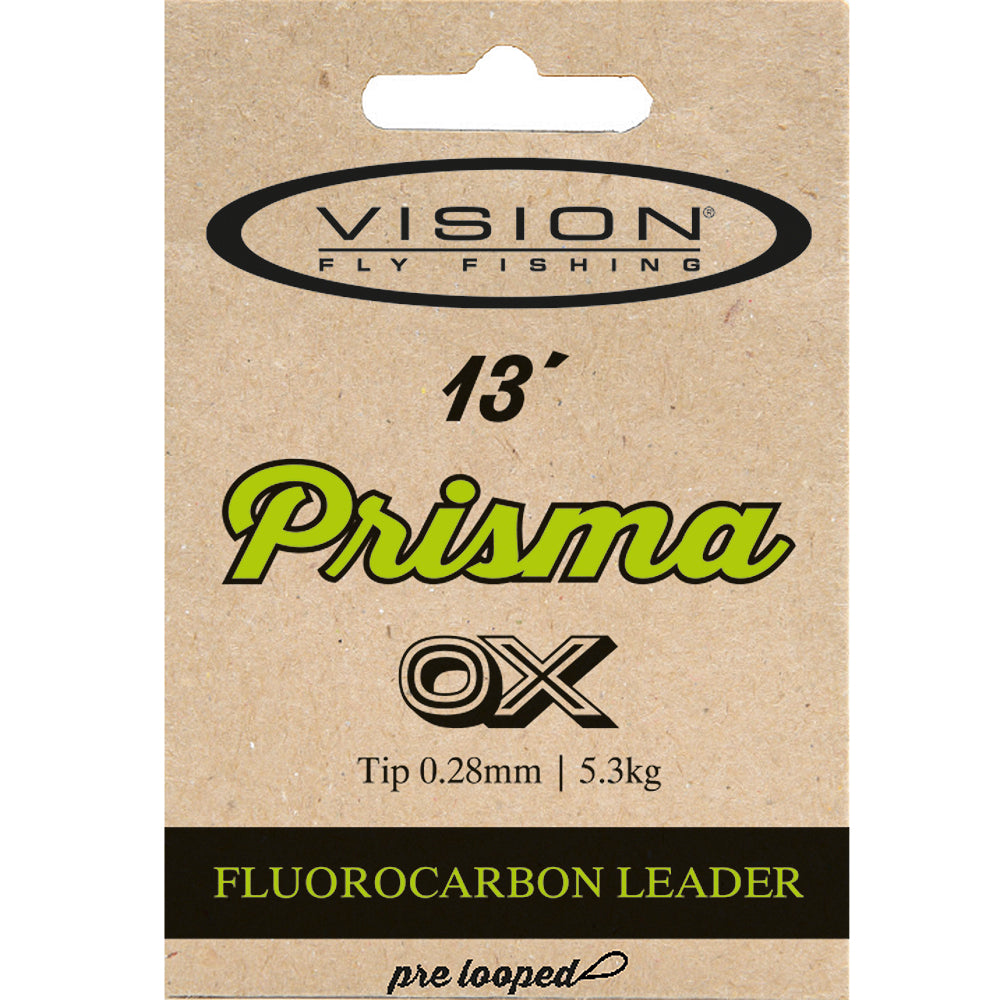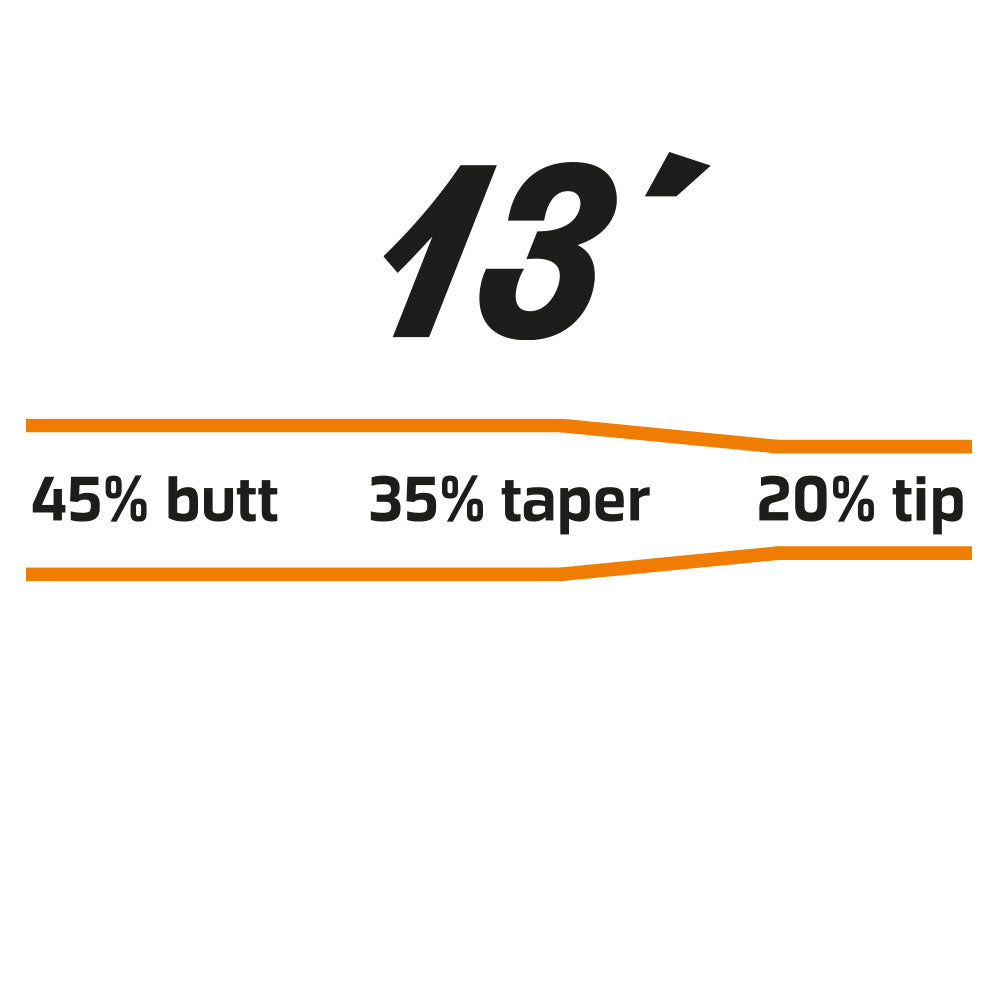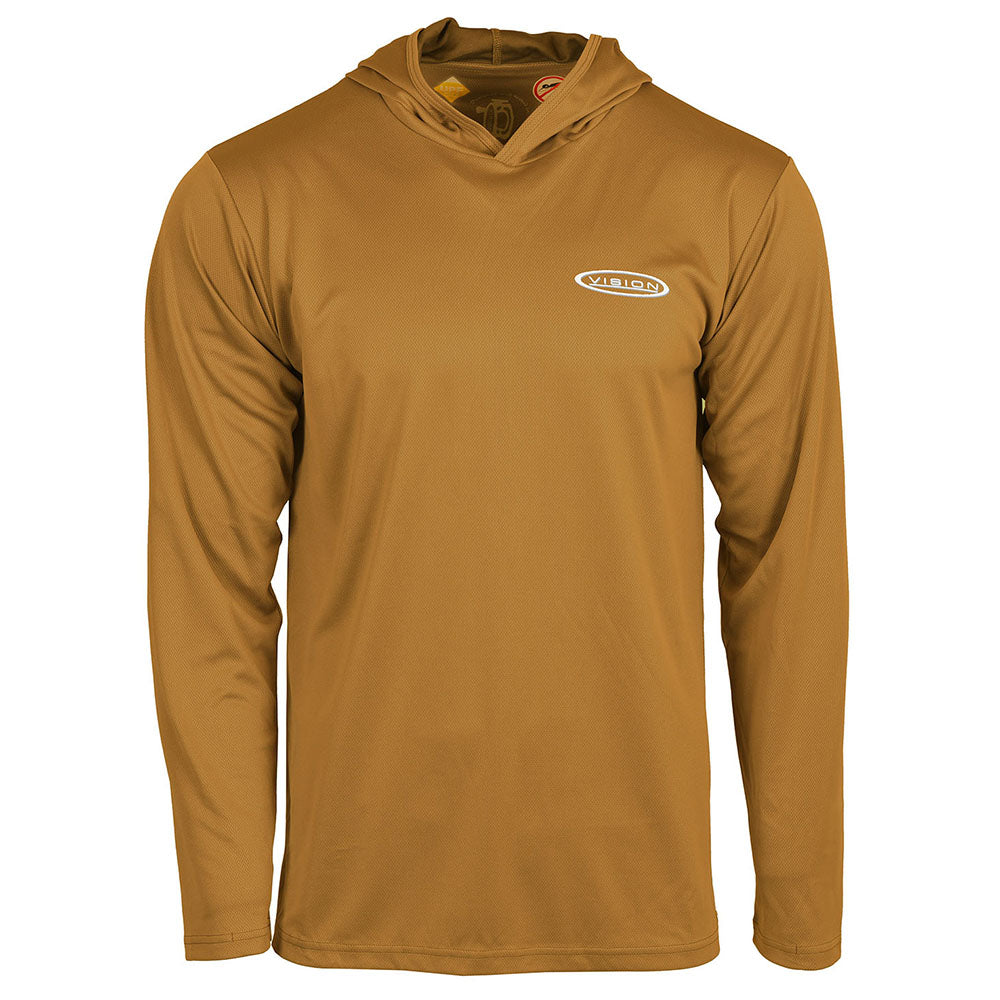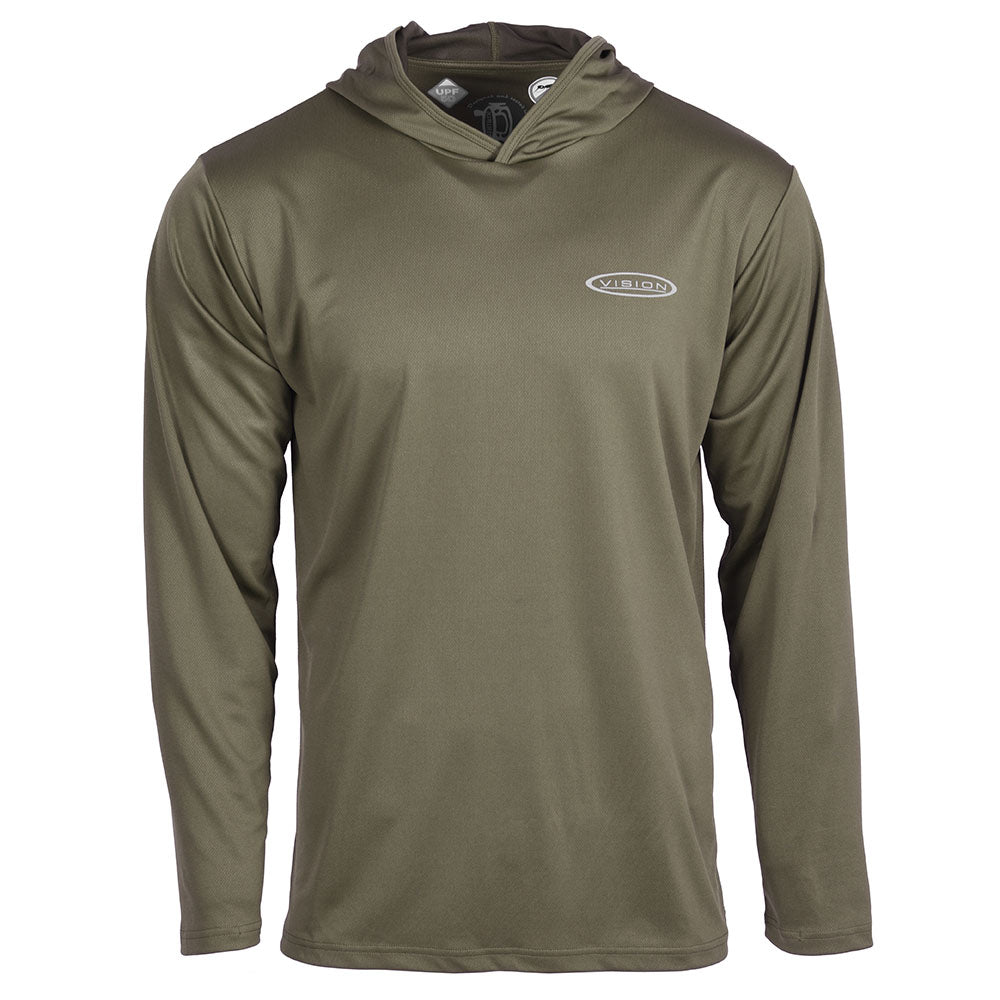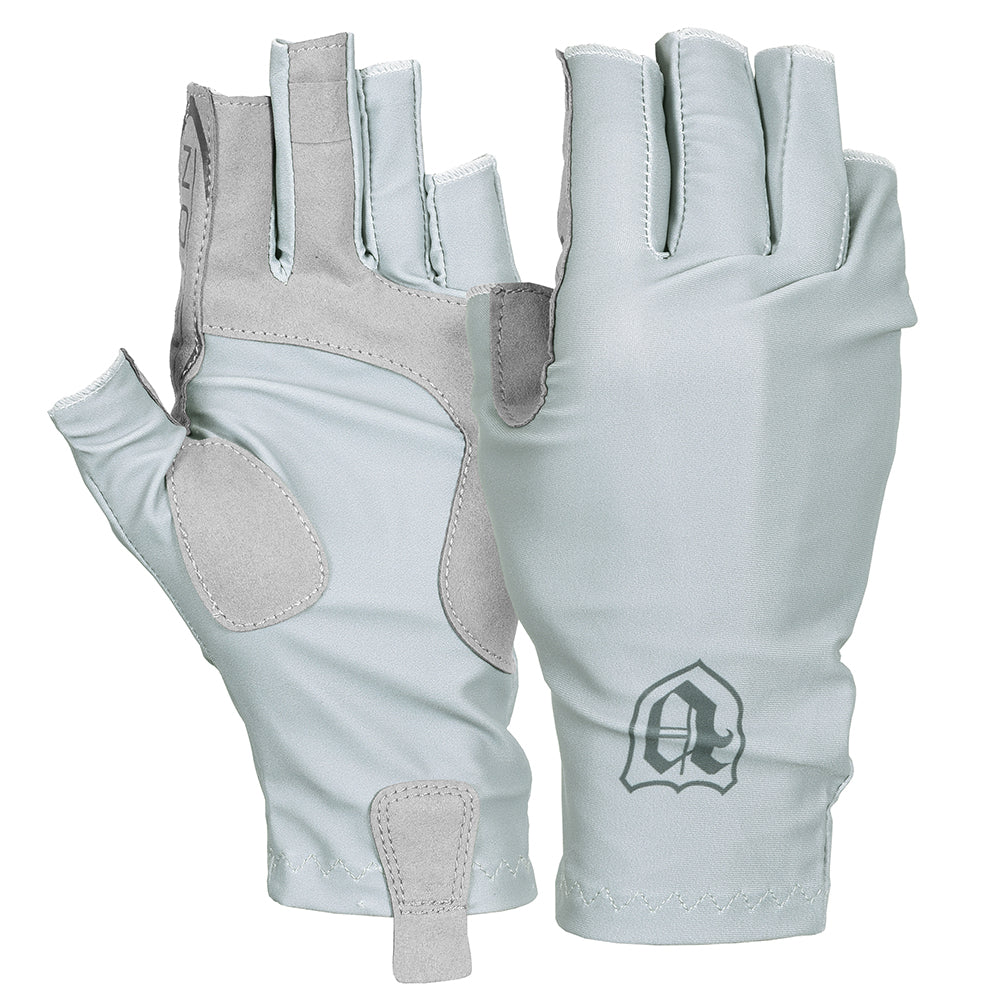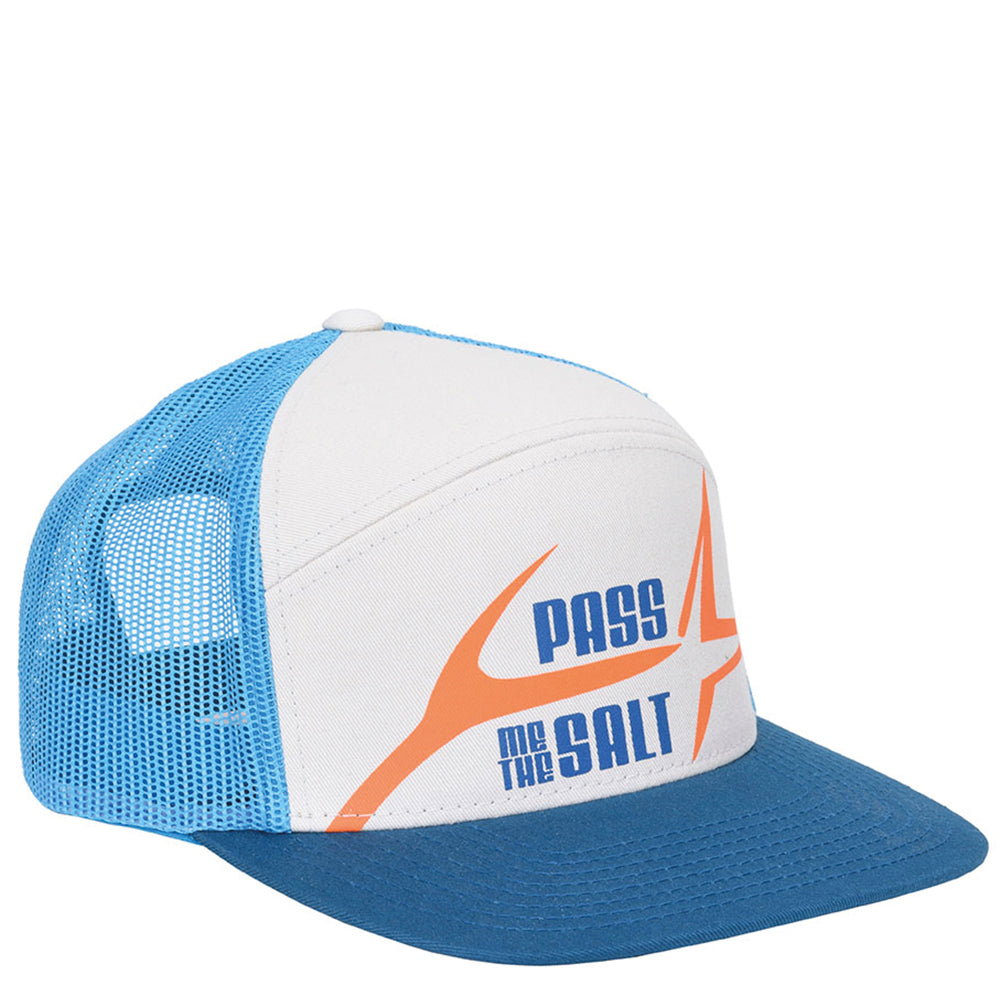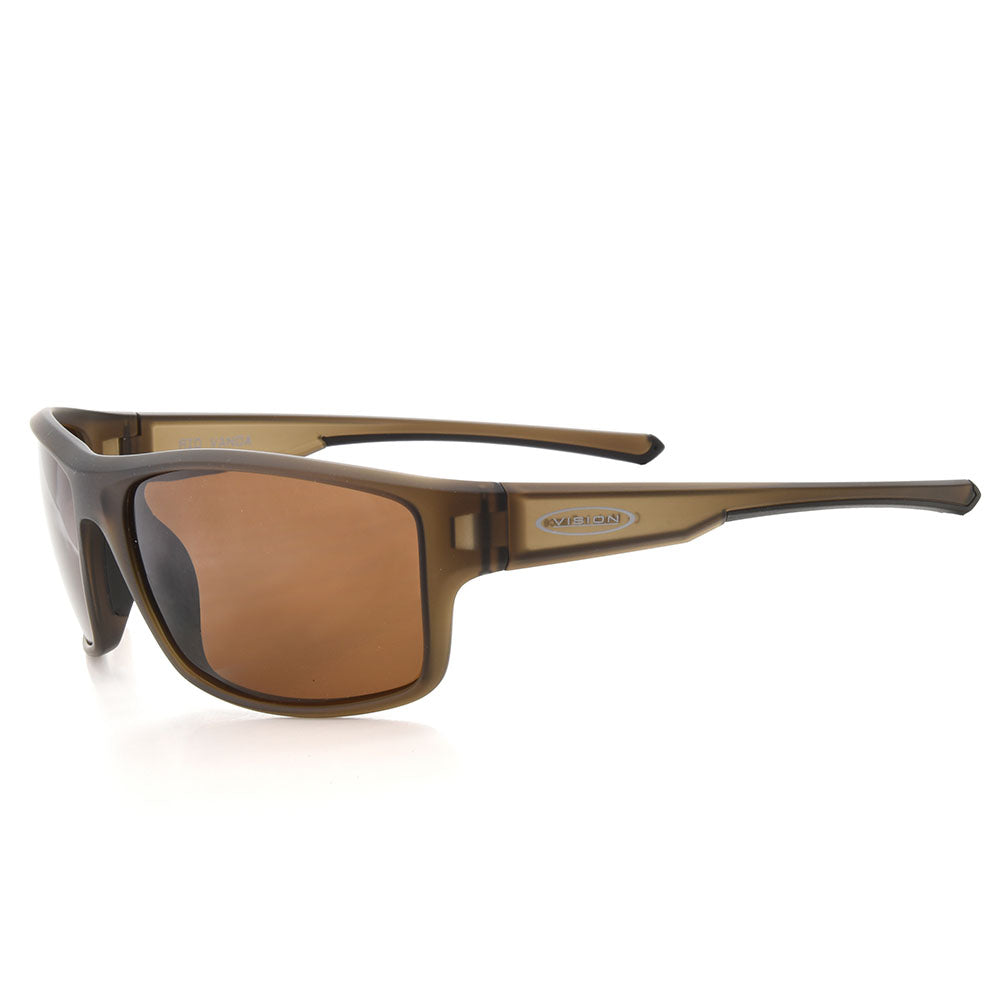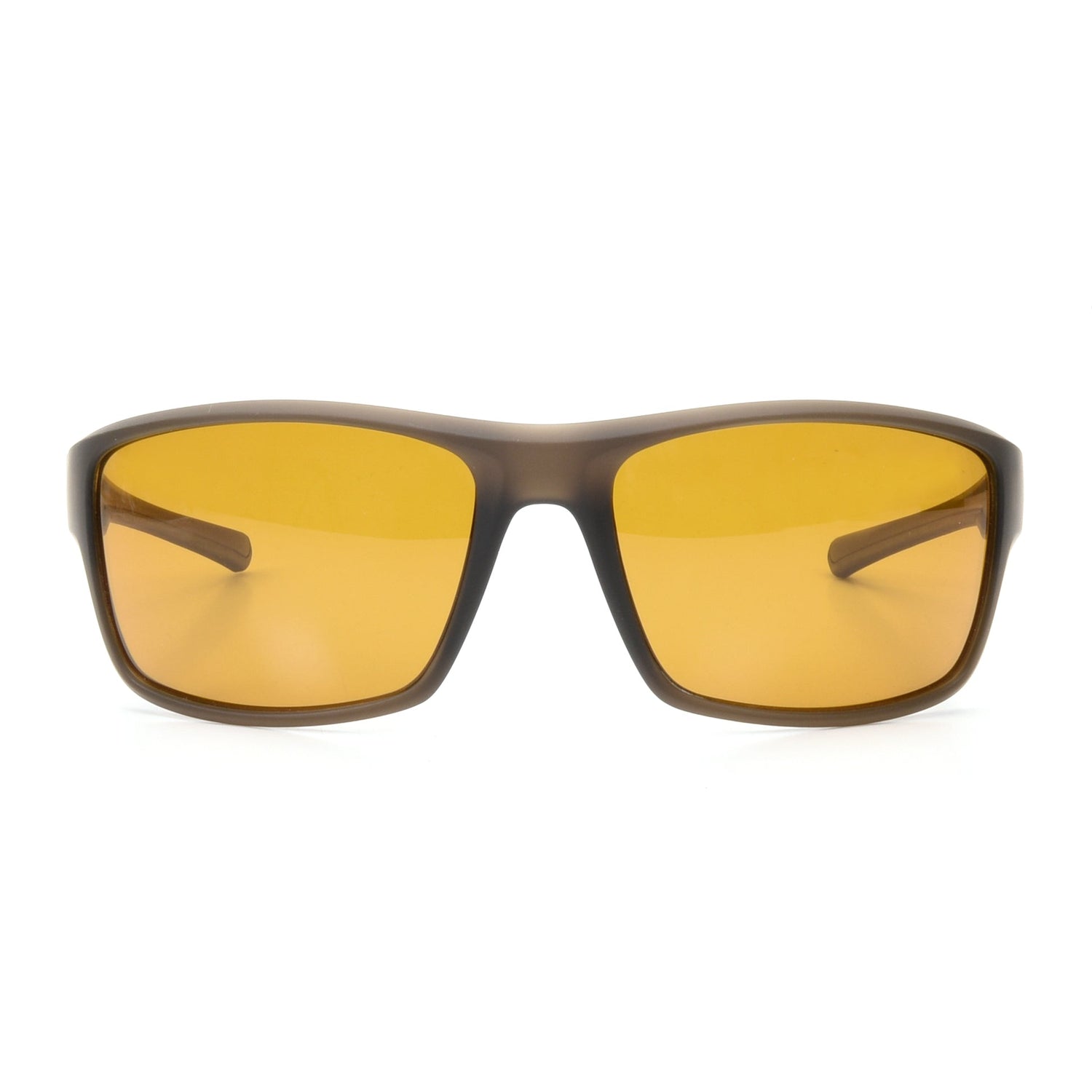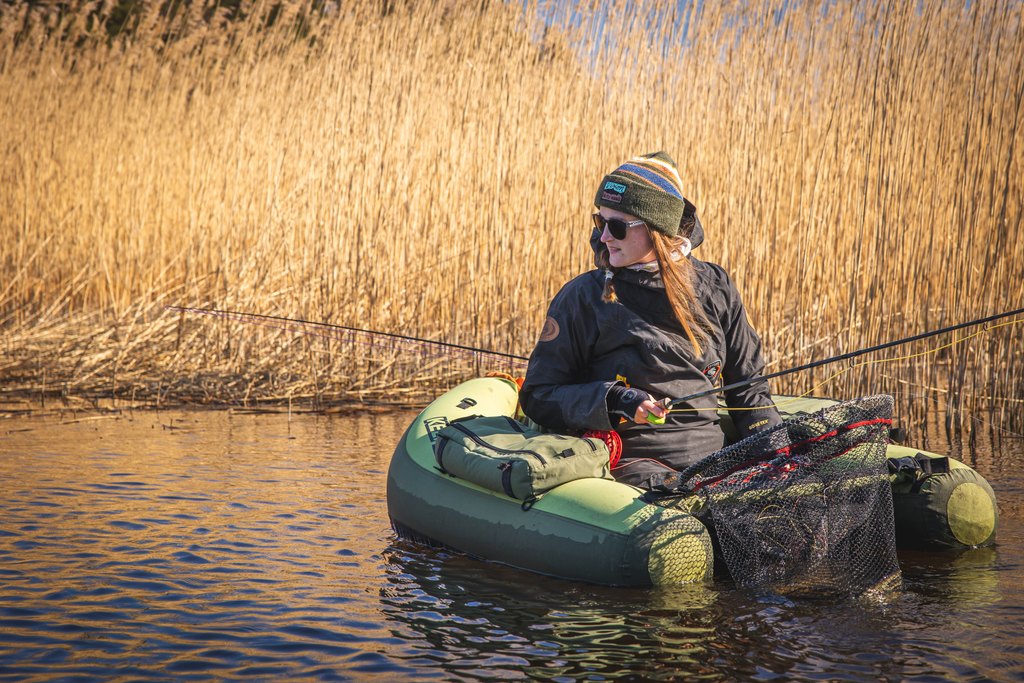
Pike fly fishing has grown from underground thing to mainstream activity in last two decades. That's why we put together some basic tips for people who have not started pike fly fishing yet or are just taking their first steps in the journey.
Northern pike is strong, approachable & accessible
Northern pike (Esox lucius) is simply a great fly fishing species for several reasons. They grow big, they are predatory fish with explosive and fast start movements and they often have relatively long feeding periods. In addition to that Northern pike is widely spread species and it can be targeted in various water systems from rivers to lakes and sea areas. Furthermore, the stocks are in healthy condition in various areas and countries even though this valuable species has faced brutal history of underrating by humans.
Luckily during last decades we've have seen big positive change and development in valuation of Northern pike. One example of this is our Save The Natives 2023 project "Pike Factories" where spawning grounds are restored for pike, perch and other species by volunteer based field work.
Choosing a pike fly rod

Match the hatch. Northern pike can eat very large baitfish and sometimes the extra large fly patterns are working well. Casting big flies with lot of air resistance, you need to have powerful rod. Mr. Bauer showcasing his baitfish pattern...
What kind of fly line should I use?
Fly line is the most crucial connection between the angler, the fly and the fish. In pike fly fishing the role of a fly line could not be any bigger as it needs to be able to cast and turn those big pike flies and thick leaders.
There are mainly two types of fly lines from Vision for pike fishing; the shorter 8,5m head Grand Daddy and longer 12m head Pikemaniac lines. To keep things simple enough, we recommend Grand Daddy lines especially if you're fishing from float tube as the shorter head loads the rod and line easier making your casting and fishing more effective. The Pikemaniac line with longer 12m head is popular among boat fly fishermen but again more you get into the sport more you learn your personal tastes. Some of us love to fish the Grand Daddy from the boat and the others prefer the longer heads also from the float tube.
What is important in pike fly line is the low stretch core that enables you feel the takes better and make the proper hook set. Low stretch core also transfers casting energy better than the traditional cores.
Both of our pike fly lines utilise our Sliding Sliding Density™ concept where the density increases gradually towards the tip of the line. It means that if you have for example Pikemaniac Slow Intermediate to Fast Intermediate line, the running line part is slow intermediate and the density slides gradually to top that is fast intermediate.

With right equipment fishing is fun and effective. With bulky pike flies you will definitely notice if your fly line or fly rod did not have required power to deliver the fly.
Pike leader - for toothy predators
As pike have those 666 teeths in the mouth they are real cutting machines when if your leader setup is poor. The easiest way to start off is to use ready made leaders like Big Mama that is available in Big Mama classic which has the wire leader + fluorocarbon tippet, Big Mama Wire which has only the wire leader and Big Mama Stealth that is thick fluorocarbon leader.
If you are using separate wire leader, it's good to have the tippet section .60-.80 fluorocarbon and do not make the tippet too long. 7ft leader is a good all-round length for pike fly fishing.

Reel - Capacity & balance
When you start fly fishing for pike, the reel is something you should not stress too much. In pike fly fishing it's typical to fight the fish without taking the line on the reel. However if you end up a longer fight with big fish, a large arbour reel helps you to reel in the slack line faster. Also good line capacity is a key for pike reel in order to fit your pike fly line into the spool.
Otherwise what you want from your fly reel is mainly just good counter balance for your rod so the rod is nicely balanced for casting and fishing. Also sealed system reels give some sealing for anglers who fish a lot in saltwater.

XLS Pikemaniac is a sealed system reel designed for pike fishing.
Casting is the key - Learn it.
It's next to impossible to overemphasize the imporance of casting skills in pike fly fishing. Many times you might hear that people say that in pike fly fishing you really learn to cast. At least it teaches you very well some keen and fundamental casting techniques like the double haul.
Double haul is like a bread and butter in pike fly fishing, you want to master it as well as possible so you can concentrate on fishing instead of struggling the casting itself. Double haul technique simply increases the line speed during the cast making the cast effective as your can speed up the fly with the hauls. With double hauls you will reach the distance and make your casting economical (minimizing false casts). And last but not least it makes possible to cast into the headwinds your fly.
Here is our product manager Antti Guttorm going through the casting technique (+lot of other good information on pike fly fishing)

Mr. Tandefelt showing his casting skills. You can see how he works with the left hand making the haul and increasing the speed of the fly line.
Pike flies - from old school to new school
The world of pike flies is huge and we don't get too deep into it here. Pike as a predatory fish with aggressive feeding behavior can be caught sometimes with almost any kind of fly but on the other times it feels that you need to find right color and size patterns to get that reaction.
To keep things simple enough we can make a rough split between traditional patterns like bucktail based hollow deceivers and modern patterns made from synthetic fibres and other new era elements like big dragon and wiggle tails. There definitely are the moments when the old school ones are rocking and also when you need that extra spice with distinctive tails to get the attention from the fish.
Tie or buy some natural color patterns and have also some flashy ones with bright colors and you should be fine for most of the situations. Spend time on the waters and you'll learn by yourself what is working when and why. Then you will end up discussing about your beliefs and notice that everyone have their own understanding and there are only opinions not truths.
That's the best part of fishing.

When you learn enough, you start to master things. There's a line when fly tying turns to art. This masterpiece is from Jari Koski's bench, one of the most recognized bucktail guys in the scene.
Is there some topic you would love us to through? Give us a message at marketing[at]visiongroup.fi and we try to make it happen!😘
